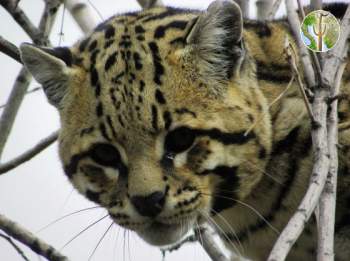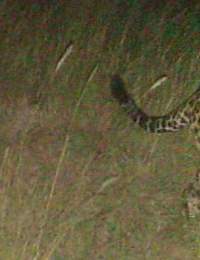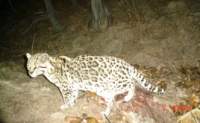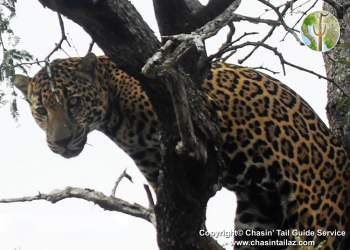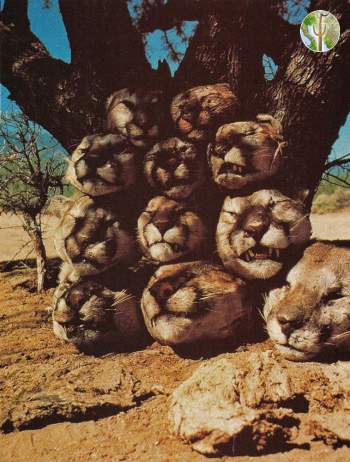Ecology of an ocelot population at the northern edge of the species’ distribution in northern Sonora, Mexico
We used data from eight years of camera trapping at Rancho El Aribabi, a cattle ranch and conservation property in northern Sonora, Mexico, to examine the ecology of the northern-most known breeding population of ocelots (Leopardus pardalis). Ocelots were found mostly in two discrete and disjunct areas: a riverine riparian canyon at just less than 1,000 masl elevation and along arroyos in an oak-mesquite savanna in the Sierra Azul at 1,266–1,406 masl.


